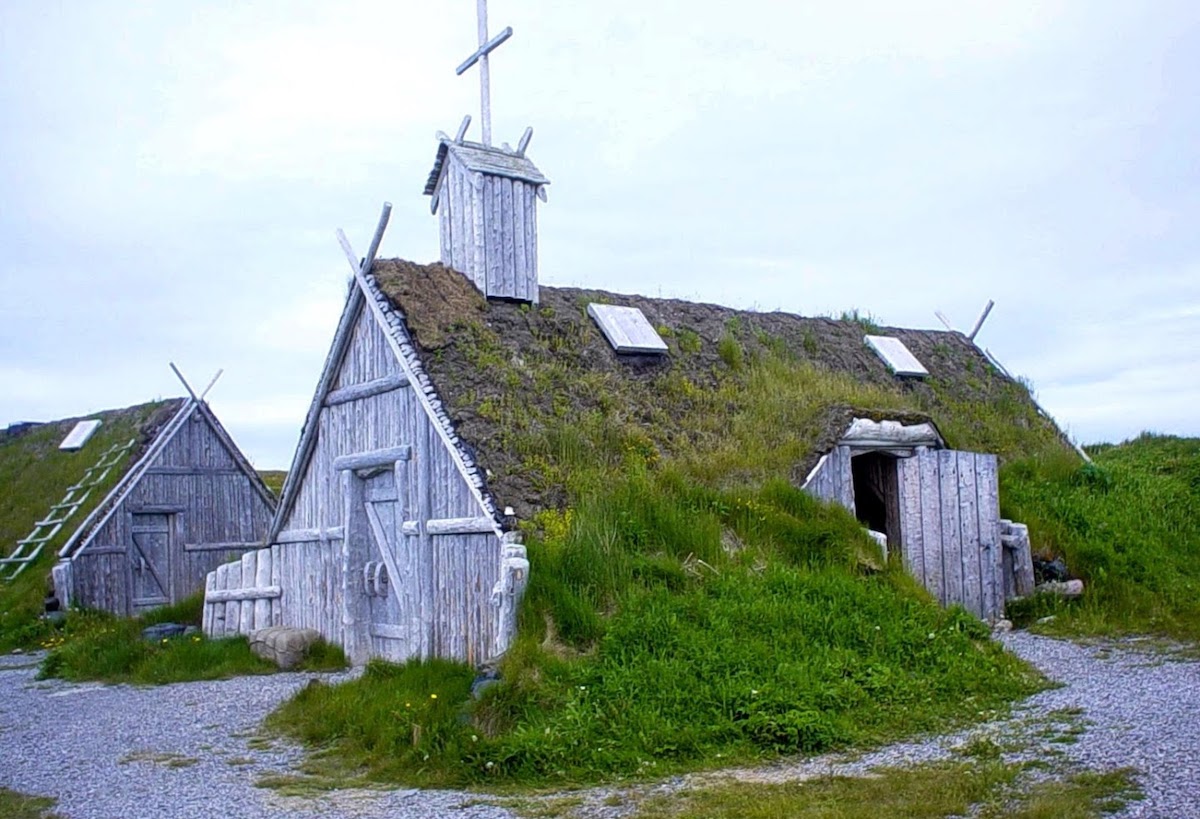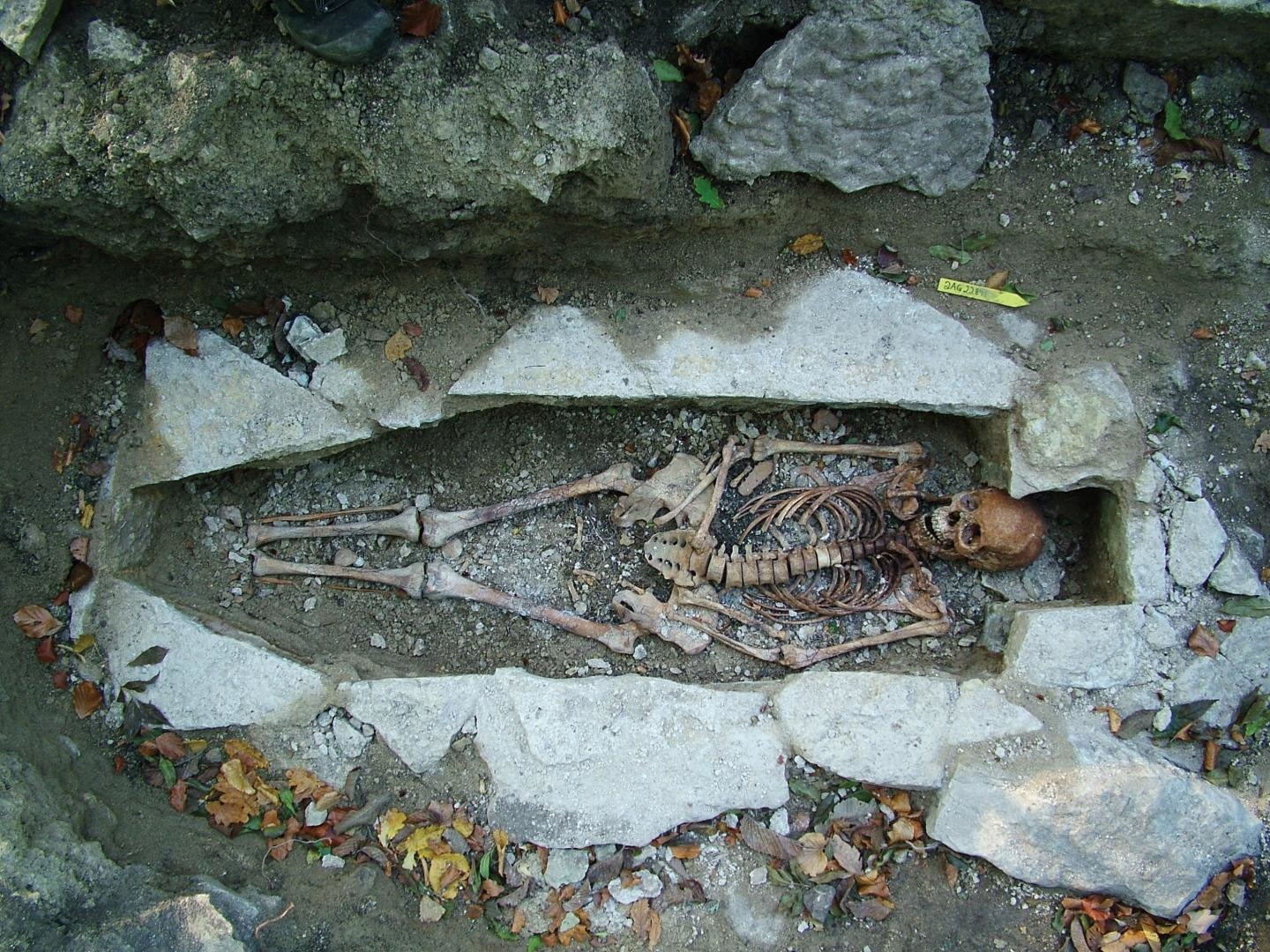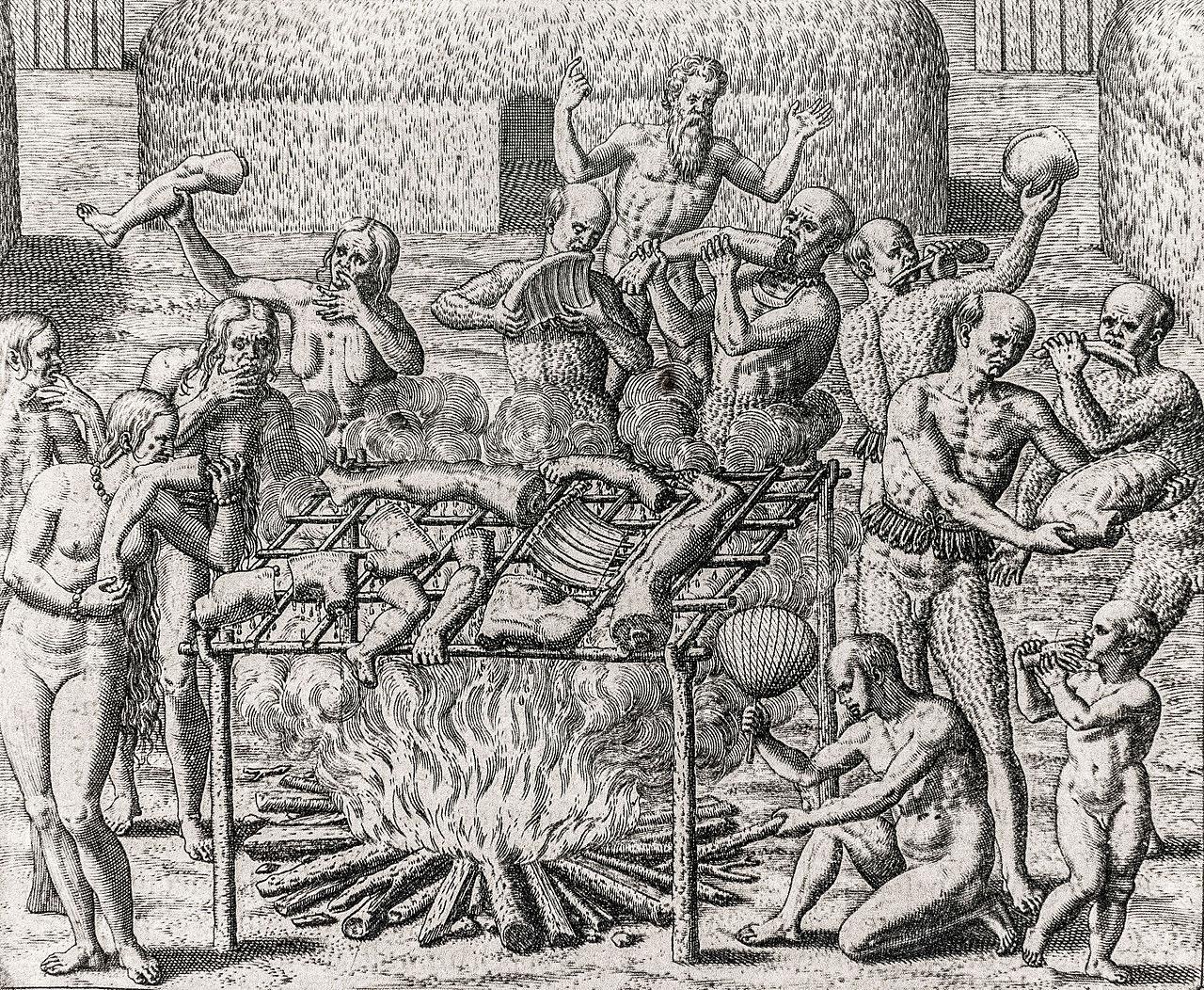The Vikings beat Columbus to North America by 471 years

- The earliest known Viking settlement in North America is in Newfoundland, Canada.
- The site, L’Anse aux Meadows, was discovered in 1960, but scientists had long been unsure as to when it was first built.
- A new study used a combination of radiocarbon dating and tree ring-counting to pinpoint its construction date.
It has long been known that Vikings arrived in the Western Hemisphere long before the Niña, the Pinta, and the Santa Maria’s brutal commander Christopher Columbus. What has been unclear, however, is exactly when the Vikings first began settling Iceland, Greenland, and Newfoundland.
A site in Newfoundland called L’Anse aux Meadows seems to hold the answers. In a study published October 20 in Nature, researchers reported that the timber used to build the settlement was chopped down exactly 1,000 years ago, in the year 1021. To solve the long-standing riddle, scientists combined radiocarbon dating with good old-fashioned tree-ring counting.
L’Anse aux Meadows
At the northern tip of Newfoundland, Canada, lie the remains of eight Viking structures: three houses, a forge, and four workshops. Since L’Anse aux Meadows was first discovered in 1960, the site has been completely excavated and then reburied to ensure its preservation. Today, there is an interpretive center at the L’Anse aux Meadows National Historic Site, as well as replicas of the hidden buildings.
Still, much remains unknown about the settlement and its inhabitants. Scientists are confident that the structures were made by Vikings: The timber-framed, sod-walled-and-roofed buildings found in the settlement are consistent with Viking structures in Iceland and Greenland, and the settlement also lines up with written Viking accounts of westward expansion. But it remains unclear why the Vikings settled there and what ultimately happened to them.
What the recent study seems to have solved, however, is when they first reached the site — a feat that likely marked the first time humans crossed the Atlantic Ocean.
The solar storm of 992
The pinpointing of the construction date was made possible by the discovery of so-called Miyake events. In 2012, a Japanese cosmic ray physicist named Fusa Miyake discovered cedar trees that showed spikes in carbon-14 that dated back to the 8th century. Because most carbon-14 is produced as the result of nuclear interactions between cosmic rays and nitrogen molecules in our atmosphere, Miyake proposed that the spikes he observed in tree rings were the result of rare and intense solar activity.
While Miyake events are rare, radiocarbon dating of ancient trees across the globe shows that one occurred between 992 and 993 AD. That just happened to be around the time the Vikings were building their settlement.
In the recent study, researchers examined four wooden objects from the L’Anse aux Meadows settlement, discovering the telltale carbon-14 spike close to the bark’s edge. Counting outward to the objects’ surface, they found 29 rings, meaning that the wood came from trees cut 29 years after that solar flare.
992 AD + 29 = 1021 AD. Happy anniversary, L’Anse aux Meadows.
Fact, not folklore
Prior to the dating, historians only had tales from the Viking sagas on which to base their hypotheses regarding the arrival of Vikings in North America. Available in written form today, the tales were originally transmitted orally and therefore probably evolved over time.
Although some of the stories overlap with known historical events, others clearly do not: The tales speak of gods, dragons, and likely fantastical individuals such as Ivar the Boneless. They also, it is worth noting, contain accounts of interactions between Vikings and local indigenous people they encountered during their explorations.
The authors of the recent study concluded that their research serves “as a new point-of-reference for European cognizance of the Americas, and the earliest known year by which human migration had encircled the planet.”
They added that it demonstrates the value of using the event as a means of dating ancient objects, writing, “Our research demonstrates the potential of the AD 993 anomaly in atmospheric 14C concentrations for pinpointing the ages of past migrations and cultural interactions. Together with other cosmic-ray events, this distinctive feature will allow for the exact dating of many other archaeological and environmental contexts.”





